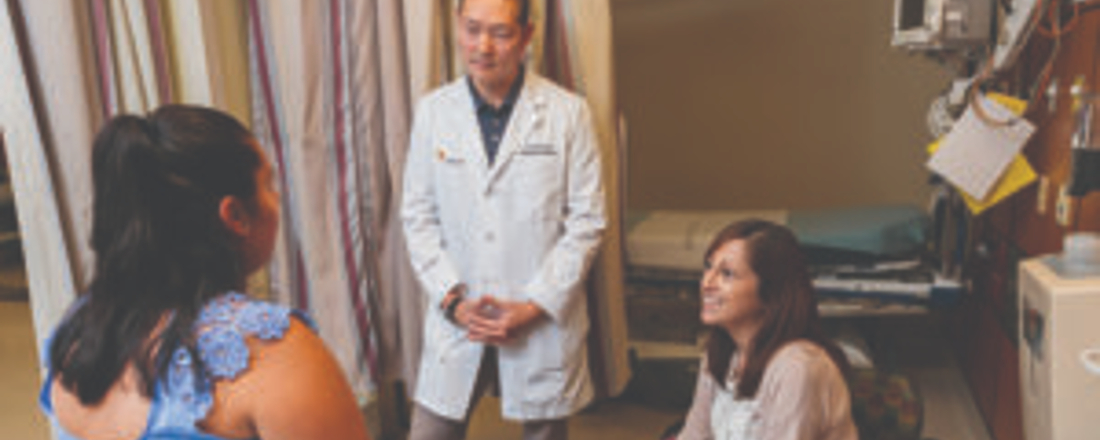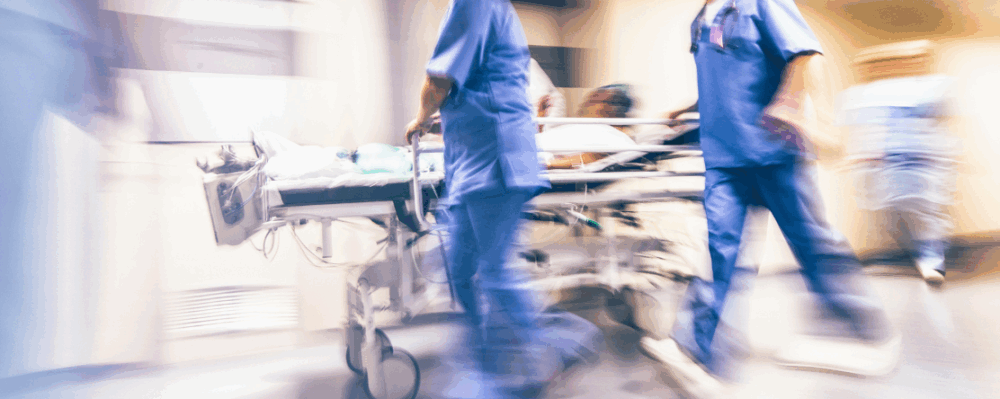
Health Affairs: Treating Opioid Addiction as an Emergency
- Aimee Moulin and Elizabeth Keating
-
Focus Areas
Alcohol, Tobacco, Drugs & Mental Health, Health Care & Population Health -
Expertise
Research – Quantitative -
Programs
CA Bridge -
Strategic Initiatives
Opioids

As overdose rates continue to rise across the United States, treatment models such as PHI’s CA Bridge provide a scalable strategy to reach individuals at the highest risk who cannot access medication treatment in a traditional setting.
A feature in Health Affairs by leaders of PHI’s CA Bridge program shows how 52 California hospitals successfully adopted treatment for opioid use disorder (OUD) by implementing medication for addiction treatment (MAT) in their emergency departments. The article also shares lessons-learned and breaks down commonly held but incorrect assumptions about implementing addiction treatment within the hospital setting, as well as policy recommendations for how to bring CA Bridge’s successful treatment model to scale in hospitals across the country.
Read the Health Affairs Feature
In Addiction Is An Emergency: End Wait Times For Services And Expand Access To Life-Saving Medications, Dr. Aimee Moulin, a professor and behavioral health director for the Emergency Department at UC Davis Health, and co-principal investigator of CA Bridge, and Elizabeth Keating, MPA, the clinical program director of CA Bridge, note that the COVID-19 pandemic has exacerbated the magnitude of the opioid crisis and challenged our health care infrastructure’s ability to respond.
But PHI’s CA Bridge program is showing success across California: an evaluation of the program found that of 12,000 people identified with OUD at EDs across the state, 60 percent received evidence-based MAT, and 40 percent attended follow-up appointments, compared to follow-up rates for participants in control groups ranging from 7.6 percent to 37.0 percent. All 52 participating hospitals reported that they had continued the CA Bridge model eight months after the conclusion of the formal funding.
Excerpts from the Health Affairs feature:
Addiction as an Emergency
Addiction is a treatable chronic disease and like other chronic ailments, untreated addiction is life-threatening. But we often don’t treat addiction with the same urgency as other conditions.
Research has found that when the MAT with the drug buprenorphine is administered in the ED setting and continued via primary care, patients have a 74 percent chance of remaining in treatment after two months, compared to only about 50 percent who remain in treatment after psychosocial intervention only.
Yet, this lifesaving, evidence-based MAT is only just now becoming widely available in California, with the rest of the nation lagging behind. Providers, hospital systems, and state leadership in more than 30 states have sought guidance from CA Bridge, but no other state has yet to implement such widespread treatment access directly from the ED.
Treatment Should Begin In The Emergency Department
Without a MAT program, many patients who present to the ED post-overdose or seek help for addiction are turned away or faced with a “treat them and street them” approach. Incorporating patient navigators into an ED to work with patients with substance use is also a successful strategy for initiating treatment in this setting. The CA Bridge model has successfully implemented the use of navigators at scale to link ED patients to outpatient treatment options.
Myth Busting and Policy Proposals
The feature describes the evidence that breaks down four commonly held but incorrect assumptions about implementing addiction treatment within the hospital setting, and recommends changes policy makers should implement to further adoption of MAT in hospital EDs, including:
- Requiring the x-waiver to obtain hospital staffing privileges
- Linking buprenorphine initiation to hospital quality metrics
- Adding reimbursement mechanisms for screening, brief intervention, and referral to treatment (SBIRT) from the ED and for dedicated substance use counselors and peer support
Originally published by Health Affairs
Work With Us
You change the world. We do the rest. Explore fiscal sponsorship at PHI.
Support Us
Together, we can accelerate our response to public health’s most critical issues.
Find Employment
Begin your career at the Public Health Institute.


